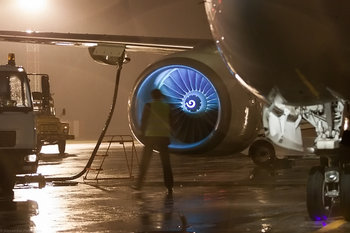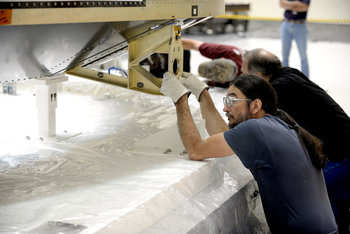
Not paying attention | Failure to notice change |
Divided attention | Overfocus on one aspect of a task |
Poor system usability | Poor procedure design |
Error prone tools | Error prone processes |
Misinterpreting sensory information | Misjudging distances |
Mishearing things | Misidentifying odors |
Distractions | Forgetfulness |
Bias | Overconfidence |
Groupthink | Miscommunication |
Using vague language | Noise interference |
Using jargon others don’t understand | Lack of feedback |
Skipping steps | Performing steps out of order |
Deliberately ignoring procedures | Poor decisions |
Not making a decision as required | Doing nothing when action is required |
Acting when no action is required | Acting before the appropriate time |
Inaccurate estimates | Inaccurate assumptions |
Unintended physical inaccuracy such as stumbling | Stress induced mistakes |
Emotion induced mistakes | Acting on impulse |
Panicking in a crisis | Taking shortcuts |
Mistakes related to memory | Ignoring warning signs |
Neglecting safety procedures | Inaccurate beliefs such as believing that you are lucky and nothing bad can happen |
Failure to verify | Deliberately undermining colleagues |
Refusing to follow directions | Resisting change to processes or directions |
Spatial disorientation | Near-misses |
Physically colliding with objects or people | Putting objects in the wrong place |
Clicking the wrong button | Entering incorrect data |
Misjudging distances | Lack of knowledge |
Outdated knowledge | Insufficient training |
Inadequate direction | Inadequate processes |
Inadequate supervision | Poor lighting |
Poor system support | Environmental hazards |
Equipment malfunction | Inadequate workspace |
Mental fatigue | Physical fatigue |
Information overload | Lack of accountability |
Ineffective leadership | Ignoring one aspect of a problem |
Human Error & Risk
The risks associated with human error can often be reduced by developing processes and systems that are human-friendly and error tolerant. Industries related to human safety such as aviation were early pioneers of techniques to reduce human error. For example, an aircraft maintenance procedure may include a complete inventory of all tools to ensure that nothing has been left behind in a jet engine.Human Error & Culture
Another important consideration for reducing human error is establishing an organizational culture that encourages people to openly discuss their errors. This is a major issue in fields such as medicine where there is much fear of discussing errors.Human Error & Accountability
It is common for firms to blame problems on human error by low level employees. This is not acceptable for major problems where systems, management, validations, processes, procedures and other internal controls could have prevented the error. Techniques such as 5-whys can be used to ensure senior management and governance accountability.| Overview: Human Error | ||
Type | ||
Definition | Mistakes and oversights that cause losses or inefficiencies. | |
Related Concepts | ||














